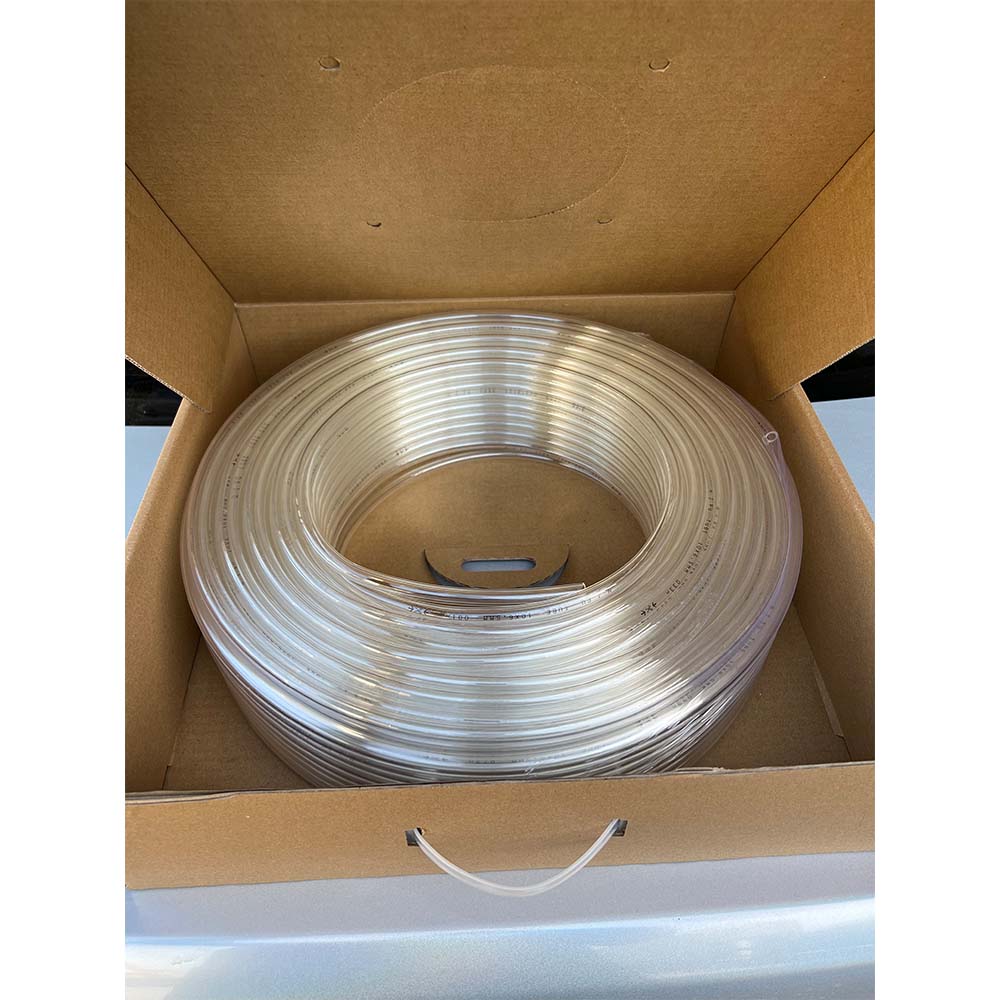pneumatic tubing material
The Importance of Choosing the Right Pneumatic Tubing Material
Pneumatic systems are integral to various industrial applications, providing the necessary power to actuate and control machinery through compressed air. A critical component of these systems is the pneumatic tubing, which serves as the conduit for the compressed air. The choice of pneumatic tubing material significantly affects the performance, reliability, and longevity of the system. In this article, we will explore some common materials used for pneumatic tubing and their respective advantages and disadvantages.
1. Polyurethane (PU) Tubing
Polyurethane tubing is widely favored for its flexibility and resilience. It can withstand high pressures and has excellent abrasion resistance, making it suitable for dynamic applications where movement or bending occurs. PU tubing is also resistant to oil and chemicals, which can be beneficial in environments where exposure to such substances is common. However, it is less resistant to UV light and may degrade over time in outdoor applications.
2. Polyethylene (PE) Tubing
Polyethylene is another popular material for pneumatic tubing, known for its lightweight and cost-effectiveness. PE tubing provides good chemical resistance and is suitable for low-pressure applications. It is often used in applications that require a rigid hose, such as in food processing or HVAC systems. However, polyethylene tubing lacks the flexibility of polyurethane and may not be ideal for situations requiring frequent movement.
3. Nylon Tubing
pneumatic tubing material

Nylon tubing is characterized by its robustness and high tensile strength. It offers excellent dimensional stability and is capable of withstanding high pressure, which makes it a preferred choice for demanding pneumatic applications. Nylon is also resistant to abrasion and can function effectively in a range of temperatures. However, it is more susceptible to chemical damage than polyurethane, particularly from strong acids and bases.
4. Rubber Tubing
Rubber is a traditional material for pneumatic tubing, noted for its exceptional elasticity and flexibility. Rubber tubing can handle high pressures and is available in various grades, making it suitable for diverse applications, including automotive and industrial machinery. However, rubber tubing may not be as resistant to ozone and UV degradation as synthetic options, which can limit its outdoor use.
5. Metal Tubing
For applications requiring maximum durability, metal tubing, such as stainless steel or aluminum, is an excellent choice. Metal tubing is rigid, can handle extreme pressures, and is resistant to various chemicals. Its drawback lies in its weight and cost; therefore, it is typically used in specific applications rather than general-purpose pneumatic systems.
Conclusion
Selecting the right pneumatic tubing material is critical for ensuring the efficiency and reliability of pneumatic systems. Factors such as operating pressure, flexibility requirements, chemical exposure, and environmental conditions must all be considered. By understanding the properties and uses of various materials, engineers and technicians can make informed choices, optimizing the performance and lifespan of pneumatic systems in their respective applications. Whether using polyurethane for flexibility, nylon for strength, or metal for durability, the right material choice will significantly contribute to the success of pneumatic operations.
-
Top Quality Oxy Acetylene Hoses for Sale Fit for Welding DemandsNewsJul.28,2025
-
The Future of Pneumatic Air Tubes in IndustryNewsJul.28,2025
-
Superior and Reliable LPG Hose Pipe Solutions for Every NeedNewsJul.28,2025
-
Exceptionally Durable and Versatile Premium Braided PVC TubingNewsJul.28,2025
-
Best Adapters for Connecting Garden Hose to PVC Pipe ConnectionsNewsJul.28,2025
-
The Essential Role of LPG Hoses in Safe and Efficient Gas DistributionNewsJul.16,2025














